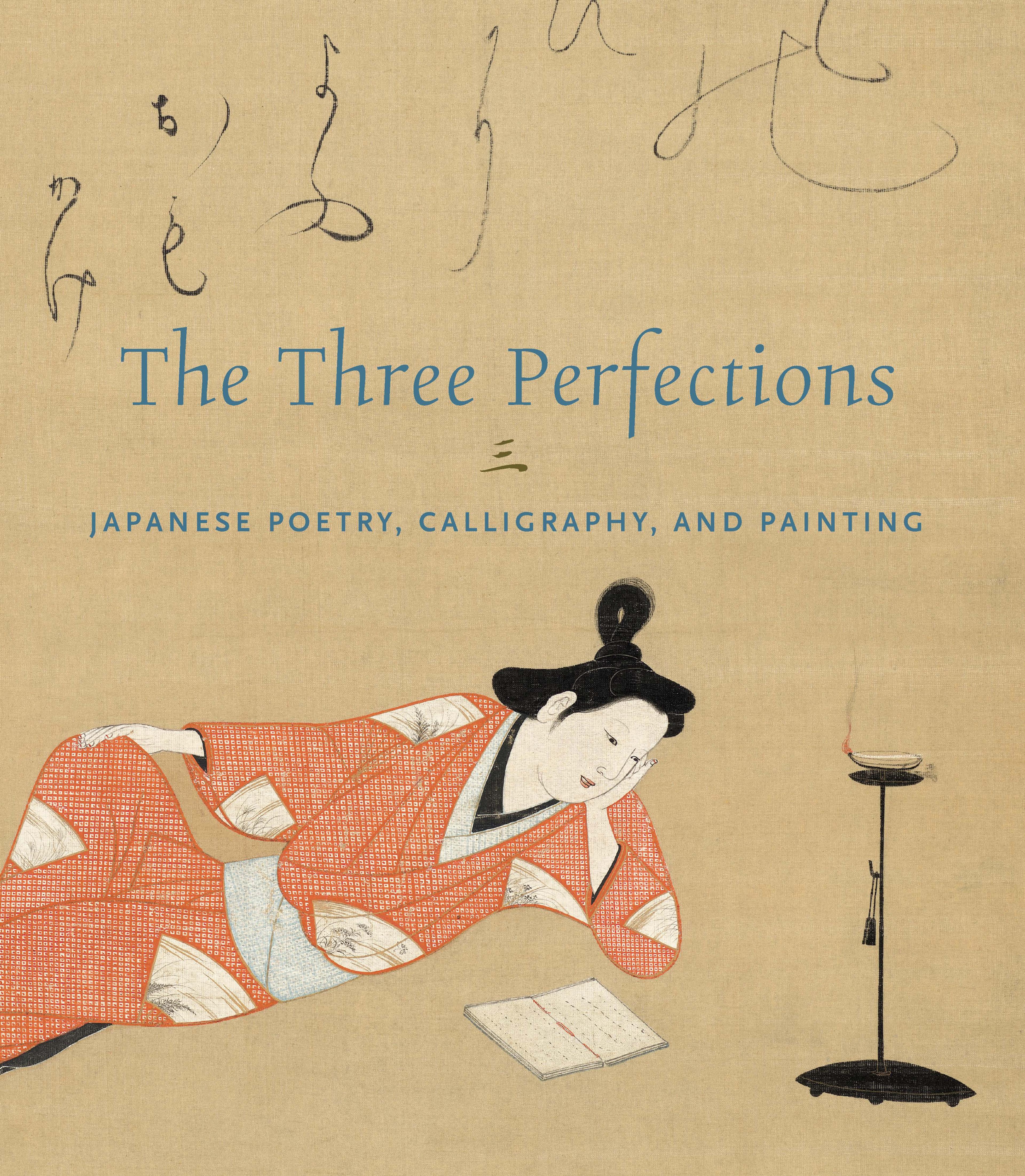Reading a Sutra by Moonlight
Facing away from the viewer, a monk sits deeply absorbed in reading the sutra he holds in his hands. At left, the fluid and elongated cursive calligraphy of the Chinese Ōbaku Zen monk Jifei Ruyi suggests that the wisdom the monk seeks in the sutra resides elsewhere. This rejection of reliance on scripture is one of the principles of Zen Buddhism. The inscription reads:
月白紙一色 眼与墨俱黑
妙義个中圓 了亦不可得
Moon and white paper are of one color.
The pupil of the eye and the ink
are both black.
The marvelous meaning,
lodged in the circle,
Is beyond comprehension.
—Trans. Jonathan Chaves
月白紙一色 眼与墨俱黑
妙義个中圓 了亦不可得
Moon and white paper are of one color.
The pupil of the eye and the ink
are both black.
The marvelous meaning,
lodged in the circle,
Is beyond comprehension.
—Trans. Jonathan Chaves
Artwork Details
- 即非如一筆 対月図
- Title: Reading a Sutra by Moonlight
- Artist: Jifei Ruyi (Sokuhi Nyoitsu) (Chinese, 1616–1671)
- Period: Edo period (1615–1868)
- Date: 17th century, after 1661
- Culture: Japan
- Medium: Hanging scroll; ink on paper
- Dimensions: Image: 10 13/16 x 23 7/8 in. (27.5 x 60.6 cm)
Overall with mounting: 44 1/4 × 24 5/8 in. (112.4 × 62.5 cm)
Overall with knobs: 44 1/4 × 26 3/4 in. (112.4 × 68 cm) - Classification: Paintings
- Credit Line: The Harry G. C. Packard Collection of Asian Art, Gift of Harry G. C. Packard, and Purchase, Fletcher, Rogers, Harris Brisbane Dick, and Louis V. Bell Funds, Joseph Pulitzer Bequest, and The Annenberg Fund Inc. Gift, 1975
- Object Number: 1975.268.79
- Curatorial Department: Asian Art
More Artwork
Research Resources
The Met provides unparalleled resources for research and welcomes an international community of students and scholars. The Met's Open Access API is where creators and researchers can connect to the The Met collection. Open Access data and public domain images are available for unrestricted commercial and noncommercial use without permission or fee.
To request images under copyright and other restrictions, please use this Image Request form.
Feedback
We continue to research and examine historical and cultural context for objects in The Met collection. If you have comments or questions about this object record, please complete and submit this form. The Museum looks forward to receiving your comments.
